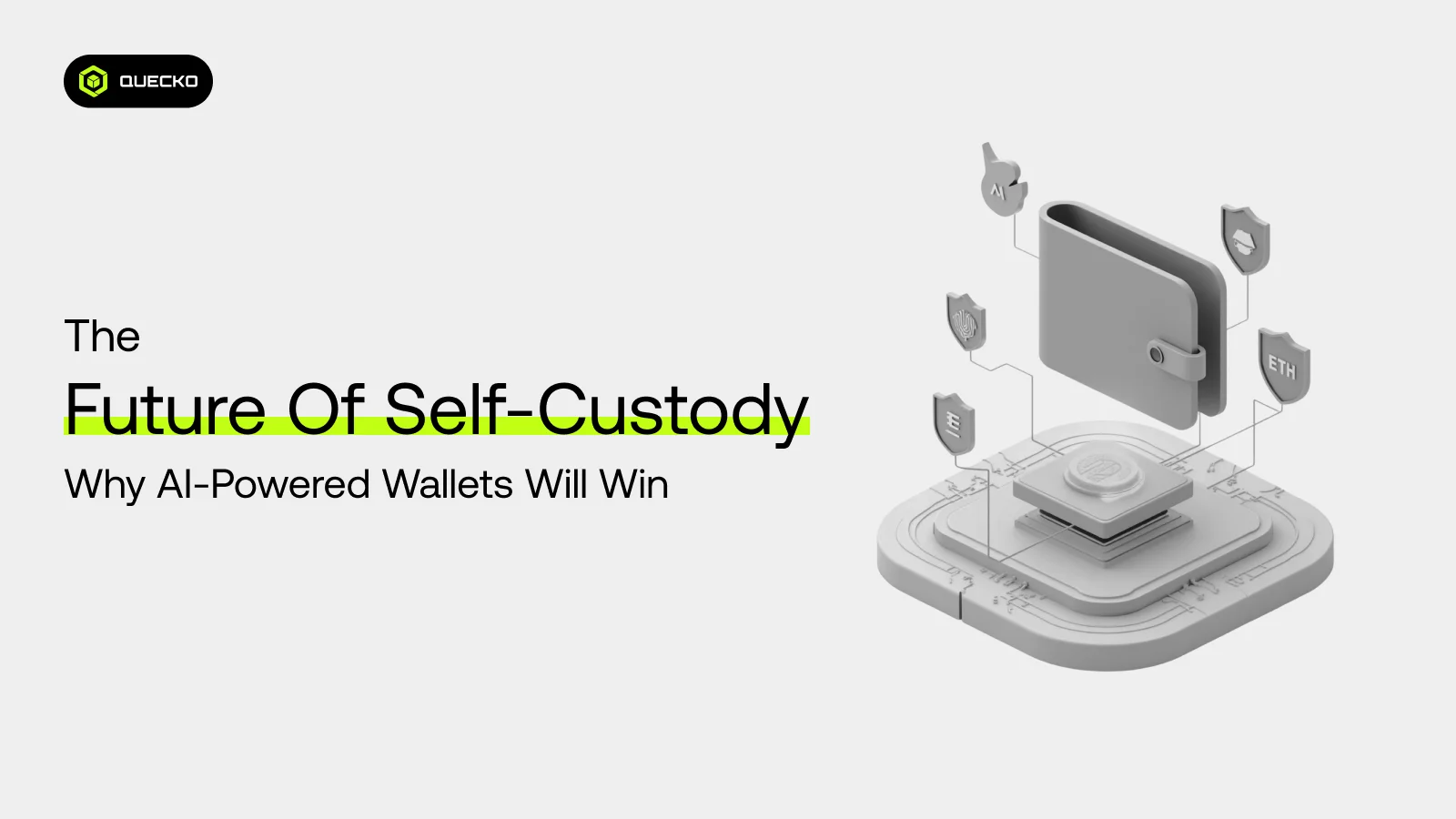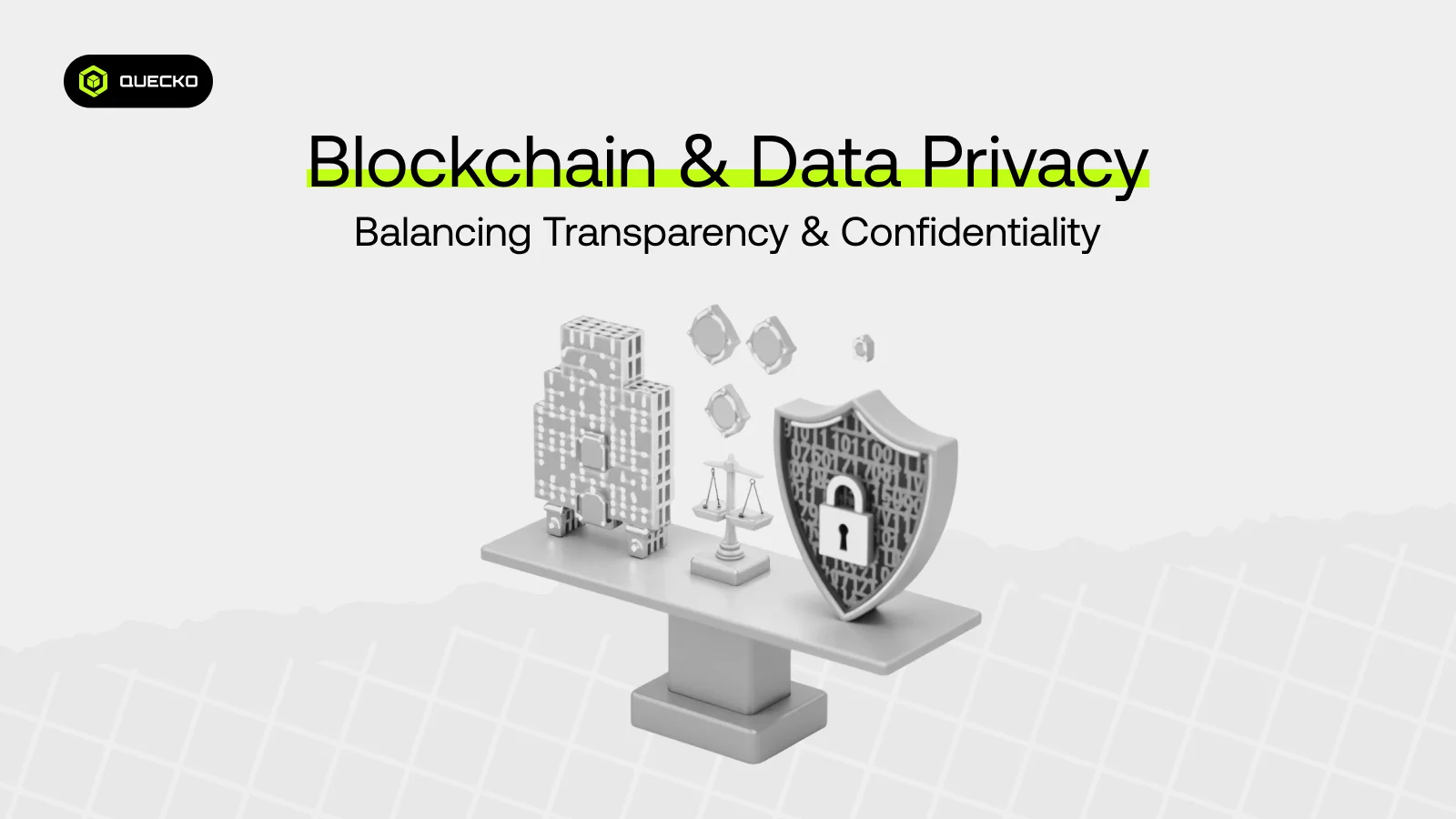How Blockchain Ensures Fair Access to AI Models and Data
How is blockchain making AI fair, open, and accessible to all through decentralization and transparency?

Artificial intelligence (AI) transforms industries by automating complex tasks, offering personalized recommendations, and driving healthcare innovations. However, this rapid progress brings challenges, especially around fairness, transparency, and accessibility.
Currently, AI is centralized. Tech giants control top models like GPT, Gemini, and Claude, limiting access, setting high usage fees, and tightly managing development. This control excludes developers in emerging markets, researchers from underfunded institutions, and small startups from next-gen tools and premium datasets.
Blockchain offers a solution. It decentralizes AI by removing gatekeepers, making data and models accessible, and enabling transparent, collaborative development.
This document explores how blockchain is reshaping AI to deliver three key benefits for all.
What is Blockchain?
The distributed ledger system known as Blockchain performs encryption of transaction records that operate between multiple computer networks. The system provides users with transparent, unalterable, and tamper-proof storage, unlike conventional data management approaches. Each transaction gets recorded as a distinct block, which joins a chain unaffected by changes. The storage process must obtain consensus from multiple parties before data becomes established to guarantee that no single group can change its records. The blockchain operation enables cryptocurrency management, automated smart contracts, decentralized finance (DeFi), and supply chain administration.
What is Artificial Intelligence (AI)?
The field of computer science called Artificial Intelligence focuses on making systems replicate human intelligence to execute cognitive operations. AI systems replicate human activity through five specific functions, including problem-solving and learning, language understanding, perception, and decision-making abilities. Enhanced training algorithms work with large datasets to enable AI components to learn from continuous data collection over time. Voice assistants Siri and Alexa, alongside self-driving cars and medical diagnostic tools, and natural language programs GPT exist amongst the various daily life applications that contain embedded artificial intelligence features.
The Centralization Crisis in AI
Before diving into how blockchain helps, let’s understand what’s broken.
1. A Few Players, Massive Control
Powerful state-of-the-art AI platforms demand substantial computing resources alongside substantial amounts of data and financial capital. The cost of creating and maintaining AI models is restricted to large corporations such as OpenAI, Google, and Meta. Access to these models features a strict management system, and customers face unclear pricing structures.
This restricts participation, especially for developers, researchers, and communities in lower-income regions, who are excluded from leveraging AI’s full potential.
2. Data Hoarding
AI needs data. The better and more diverse the data, the better the model. But most high-quality data is locked inside corporate silos. Companies collect user data at scale, then sell or use it without sharing the value back with the contributors. This further concentrates power and limits innovation to insiders.
Blockchain to the Rescue
Blockchain technology offers all the essential features, decentralization, transparency, immutability, and programmable logic to address AI’s current challenges.
Here’s how:
1. Decentralized AI Infrastructure
Traditionally, AI models live on centralized servers. With blockchain and decentralized storage protocols like IPFS, Arweave, or Filecoin, that changes.
- Permissionless Access: Anyone can access or deploy models on decentralized networks by connecting their wallet. No corporate approval or contract is needed.
- Smart Contracts: Usage terms, pricing, and permissions are encoded transparently into smart contracts, and rules are automated, not dictated.
- Decentralized Compute Markets: Projects like Akash Network, Render, and Gensyn allow users to rent GPU power from a peer-to-peer marketplace, breaking the monopoly on compute infrastructure.
Result: AI models are no longer behind corporate gates. Anyone can access or run models based on fair, blockchain-verified rules.
2. Immutable Data Provenance & Auditability
Blockchain proves its biggest strength through its creation of unalterable verified records. AI systems depend on verifiable records that cannot be modified because transparent data quality remains a crucial requirement.
- Immutable Logs: Every dataset used in AI training can be hashed and stored on-chain, ensuring a clear, unchangeable record of where data came from.
- Proof of Ownership: Contributors get cryptographic proof that they supplied the data, making it easier to track usage and attribute value.
- Auditable Pipelines: Anyone can verify how an AI model was trained, with what data, and how often it’s being used. This drastically reduces opportunities for hidden bias or manipulation.
Example: Ocean Protocol allows researchers to publish datasets with full on-chain transparency, promoting ethical AI development.
3. Tokenized Incentives for Data Sharing
Data fuels AI, but why would individuals or communities contribute their data to a public system? Blockchain offers the answer: token incentives.
- Crypto Rewards: Contributors earn tokens for uploading high-quality data or improving models. This aligns incentives across the ecosystem.
- Royalty Models: Smart contracts can split future model revenue between data providers and model trainers, fairly and automatically.
- Micropayments: Users can buy access to datasets or models in small increments without needing expensive licenses or subscriptions.
Result: The value created by AI is shared more broadly. Everyone can earn for their contribution, not just corporations.
4. Censorship-Resistant AI Models
AI platforms today can and often do restrict what models are allowed to do. Whether it’s political speech, controversial research, or local dialects, centralized models are subject to moderation and censorship.
Blockchain helps eliminate that risk.
- Unstoppable Code: Once deployed on decentralized infrastructure, an AI model can’t be taken down or altered by a single authority.
- User-Controlled Filters: Instead of universal restrictions, users can choose what content or use cases to allow via smart contract filters.
- Forkable Models: If a model becomes too restrictive, the community can fork it and govern the new version independently.
Use Case: A journalist in a country with strict censorship could access or contribute to a decentralized LLM without fear of takedown.
5. Decentralized AI Governance
One of the biggest questions in AI ethics is: Who decides how AI should behave? In today’s world, it’s a few corporate boards. With blockchain, governance can be democratized.
- DAO-Led Development: Decentralized Autonomous Organizations (DAOs) allow token holders to vote on training objectives, content policies, and funding allocations.
- Transparent Updates: Any change to a model—whether code or training data—is recorded on-chain, creating full transparency.
- Incentivized Forking: If community consensus breaks, the code and data can be forked to build alternate versions under different values or ethics.
Example: SingularityNET gives its token holders real input into how AI services evolve, creating a more participatory system.
6. Open AI Marketplaces
The availability of AI models and services should extend beyond just advantaged enterprise organizations. The script changes thanks to blockchain-based marketplaces.
- Peer-to-Peer Model Access: Platforms like SingularityNET and Fetch.AI let developers list AI services that others can call or purchase directly.
- Crypto-Based Payments: Models and data can be accessed using tokens, removing the need for complex enterprise licensing or international payment systems.
- Transparent Pricing: Usage costs are visible on-chain, so there are no surprise fees or opaque contracts.
These marketplaces create a global, borderless economy around AI, open to all.
Real-World Projects Bridging AI & Blockchain
Several projects are already making this decentralized AI future a reality:
- Ocean Protocol: A decentralized data exchange protocol designed to unlock data for AI while preserving privacy and ownership rights.
- SingularityNET: A decentralized marketplace for AI services, enabling developers to monetize and collaborate without relying on centralized platforms.
- Bittensor: A network that incentivizes machine learning through a proof-of-intelligence system. Contributors are rewarded for improving AI services.
- Cortex: Allows developers to upload and run AI models on-chain using smart contracts, enabling decentralized AI inference.
- Fetch.AI: Focuses on autonomous AI agents that interact with each other using blockchain to facilitate transactions and secure interactions.
Challenges Ahead
While the promise of blockchain-powered AI is massive, there are real-world hurdles to overcome:
- Scalability: Running large AI models fully on-chain is inefficient. Off-chain computation with on-chain validation (e.g., zero-knowledge proofs) is a promising workaround.
- Privacy: Blockchain is transparent by design, which clashes with the need to protect sensitive or personal data. Innovations like homomorphic encryption and privacy-preserving computation are critical here.
- Incentive Design: Poorly designed tokenomics can attract spam or low-quality contributions. Getting the balance right is essential.
- Interoperability: AI models and data need to work across chains, protocols, and formats. Cross-chain compatibility will be vital for scaling adoption.
Despite these challenges, the momentum is real and growing.
Why This Matters
AI is too powerful to be left in the hands of a few. When access is restricted, innovation is stifled, and outcomes are shaped by the priorities of the few instead of the needs of the many.
Blockchain flips that paradigm.
With decentralized infrastructure, transparent governance, and open incentives, blockchain empowers developers, researchers, and creators around the world to build and benefit from AI.
- A student in Lagos can train a model using open datasets.
- A startup in Jakarta can access AI infrastructure without needing Amazon’s cloud.
- A DAO can vote on ethical guidelines for AI-generated content in its community.
This is what a fair and open AI future looks like.
Final Thoughts
The core issues that hinder AI functioning, especially the problems affecting ownership and accessibility, can be addressed through blockchain implementation.
We can achieve intelligent systems with both superior intelligence and fairness by distributing their infrastructure. The implementation of blockchain transforms artificial intelligence systems into an inclusive collaborative environment that both communities control and where participants get rewarded for their contributions.
The future of AI shouldn’t belong only to Big Tech. It belongs to builders, learners, and dreamers. With blockchain as the foundation, we can ensure an inclusive future for all.
Date
3 months agoShare on
Related Blogs

The Future of Self-Custody: Why AI-Powered Wallets Will Win
16 hours ago

Blockchain and Data Privacy: Balancing Transparency and Confidentiality
3 days ago

The Rise of Modular Blockchains: What Makes Them Different?
8 days ago

Interoperability in Blockchain Networks: Bridging Different
10 days ago








